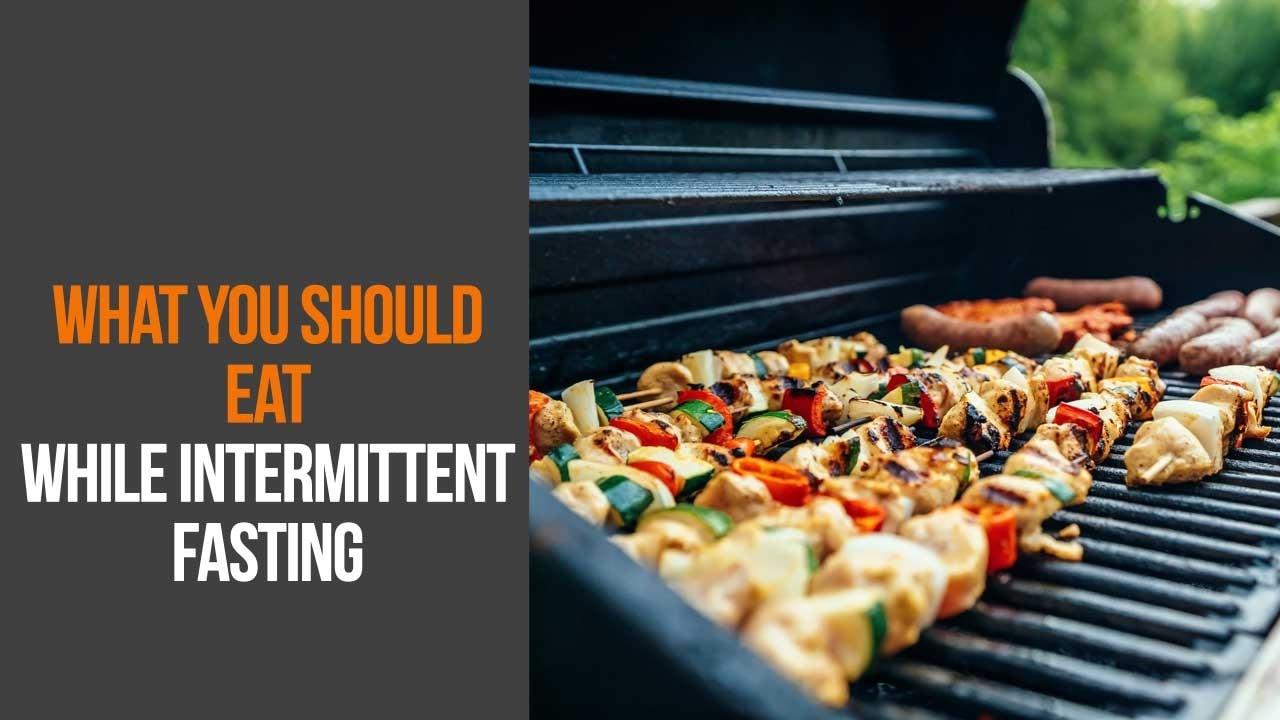What You Should Eat While Intermittent Fasting
Oct 21, 2020
Intermittent fasting, as you probably know, is a type of eating pattern where you go through phases of eating and not eating. Not only do you need to know what you can have during the fasted state, but also how and when to eat when the eating period begins. This post is going to provide you with info for eating both while fasting and not fasting.
Don’t Overindulge
One of the biggest mistakes people make when following intermittent fasting is that they are counting the hours until they can eat, then they will overeat. The point is not to starve yourself for 20 hours just so you can binge eat for 4 hours. You want to stick to your normal diet, but eat in 2-3 larger meals, instead of constantly eating throughout the day. If you are restricting calories, continue to do so, but still stick to nutrient-dense meals. You want that food to fuel your body and sustain you for the next fasting phase.
Try No-Calorie Beverages
If you are just starting out with intermittent fasting, you might not know exactly what “fasting” entails. This does not mean you have absolutely nothing during the fasting window. Instead, you want to stay hydrated, so make sure you have plenty of water. You can also have no-calorie beverages like tea and coffee. Just be careful about what you add to your coffee. Some people allow themselves a splash of creamer in their coffee, since the calories is still extremely low, but try not to depend on that. If you really just want something else to drink like soda, stick to diet soda (or Zevia or Waterloo).
Stick to a Healthy Diet
Many people make the mistake of using intermittent fasting as an excuse to eat what they want, then fast, assuming it will balance out and they won’t gain weight. This is the absolute wrong mindset to have, plus, you aren’t going to gain all the wonderful benefits of intermittent fasting if you choose this method. When you are eating after fasting, ease into it slowly, starting with a normal-sized, healthy meal. Your meals during a shorter eating window should be as nutritious as possible, with lots of vitamins and minerals. Think lean protein, fruits and veggies, nuts, seeds, and healthy fats. You may have one or two larger meals, but if you have gone 16-24 hours without a meal, you don’t want that first meal to be riddled with preservatives, sugar, and processed ingredients.
Discover the 5 simple steps to integrate Intermittent Fasting FREE!
Click HERE to download the Intermittent Fasting Quick Start Guide


